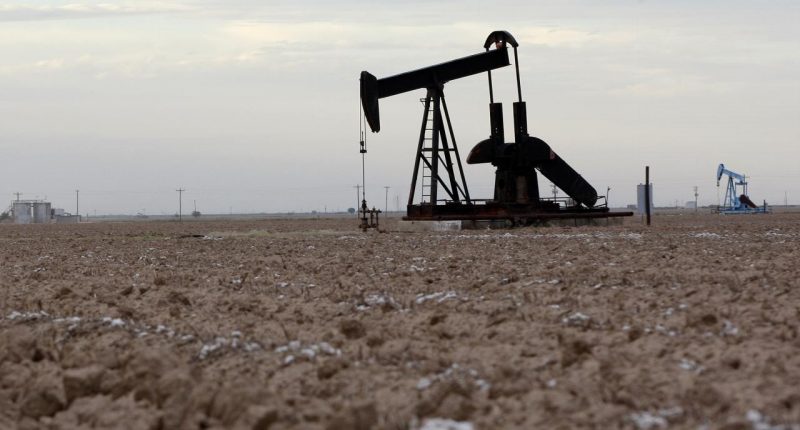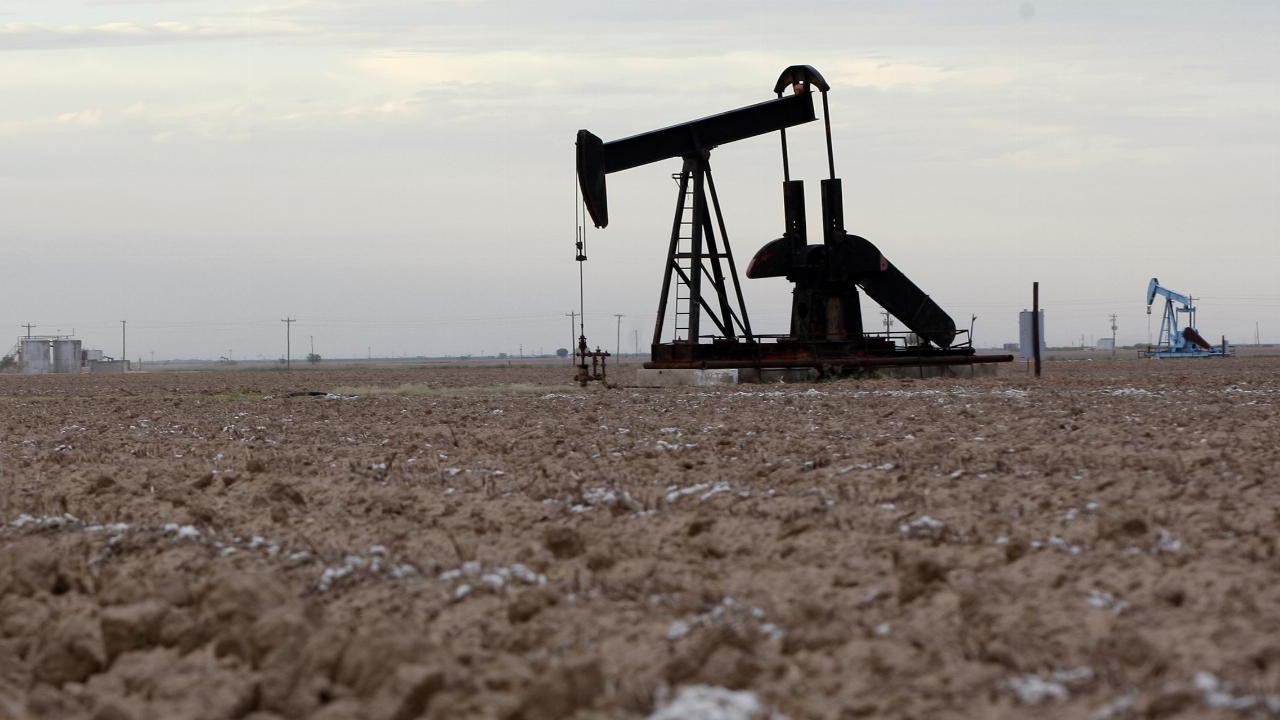- Oil prices surge to seven-year highs as geopolitical tensions in Eastern Europe and the Middle East put the commodity on track for a 17-per-cent monthly gain
- Brent Crude hits US$91.27 (A$130) per barrel after rising 1.4 per cent on Monday, while West Texas Intermediate (WTI) posts a similar gain to hit almost US$88 (A$125) per barrel
- Feared military conflict between Russia and Ukraine has heightened political tensions between Russia and the West, putting European energy supply potentially at risk
- Meanwhile, the United Arab Emirates says it intercepted a ballistic missile fire by Yemen’s Houthi as the Gulf state hosted Israeli President Isaac Herzog
- Mix all this with ongoing oil supply constraints, and not even falling Omicron numbers across Europe are enough to drive prices lower
Oil prices have surged to seven-year highs as geopolitical tensions in Eastern Europe and the Middle East put the commodity on track for a 17-per-cent monthly gain.
Brent Crude topped US$91.27 (A$130) per barrel after rising 1.4 per cent on Monday, while West Texas Intermediate (WTI) posted a similar gain to hit almost US$88 (A$125) per barrel.
These prices mark the highest levels for the oil benchmarks since October 2014 when Brent and WTI hit US$91.70 and US$88.84, respectively.
It seems new geopolitical risks between Russia, Ukraine, and the United States have compounded on general anxiety around global supply shortages to bring about the latest price surge.
With the looming possibility of military conflict between Russia and Ukraine, European energy markets could be rattled in the coming weeks.
British officials warned this week that it was “highly likely” Russia would invade Ukraine, prompting the North Atlantic Treaty Organization to urge Europe to diversify its energy supply.
The possibility of Russia invading Ukraine has also added to tensions between Russia and the West, with the White House particularly at odds with the Kremlin over recent weeks.
This is all not to mention a report from the United Arab Emirates that it had intercepted a ballistic missile fire by Yemen’s Houthi as the Gulf state hosted Israeli President Isaac Herzog.
The Organization of the Petroleum Exporting Countries and its allies (OPEC+) is also expecting to maintain its existing policy of a gradual increase in oil production, meaning supply constraints will likely remain in place for some time.
The OPEC+has raised its output target each month since August by 400,000 barrels of oil per day as it unwinds unprecedented production cuts at the start of the COVID-19 pandemic almost two years ago.
As such, the general consensus among analysts seems to be that oil prices will remain bullish for some time — despite Omicron infection numbers across Europe beginning to subside.
According to a recent Reuters report, ANZ Research said it expected supply constraints to induce a “sizeable risk premium” as international travel ramps back up.
“Traffic in Europe is rebounding as the Omicron case numbers decline,” ANZ said, according to Reuters.
“In the US, gasoline demand is only 4 per cent below 2019 levels, which is a better outcome than expected in November.”
While Australia is, for the most part, somewhat removed from the geopolitical tensions, this does not mean it is unaffected.
On a smaller scale, and among the many other repercussions of surging oil prices, everyday consumers can expect to be paying more for their petrol for quite some time.







